Nail fungus, infections, and warts can occur if bacteria, viruses, or fungi enter through scratches in the skin during a manicure.
Nail beautification is a habit of many women. However, this hobby can cause many skin diseases.
Infection
Paronychia is a bacterial infection. The patient often feels pain and swelling in the epidermis. If the cut is too deep, pus can form at the tip of the finger. The cause is due to the technician using unsanitary pliers, cutting into the flesh or scratching the fingernails or toenails.
Soaking the finger in warm water several times a day can help relieve pain. Paronychia can clear up on its own, but if the nail develops a lot of pus, you should seek medical attention.
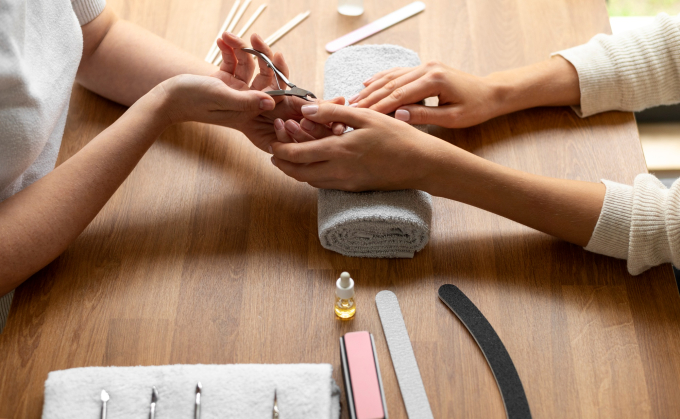
The habit of cutting the skin around your nails can lead to infection. Photo: Freepik
Fungal infection
Nail fungus is a common infection caused by a variety of fungi. It usually enters when the nail is wet, cutting the cuticle too deeply. The tip of the nail may appear white or yellow-brown. In more severe cases, the nail may change color, thicken, and crumble at the edges.
Nail fungus is difficult to treat, easy to relapse, spread from one nail to another or sharing nail tools. Wash your hands and feet regularly to prevent it.
Warts
Warts are small, benign, rough-surfaced growths caused by the human papillomavirus (HPV). They enter the skin through scratches. Women who frequently get their nails done or trim the corners of their toenails or fingernails can get warts.
Warts are usually painless, do not require treatment, and usually fall off on their own within a few months. However, people who experience signs such as pain, soreness in the wart, a change in color from the original, bleeding or pus... should see a doctor.
Inflammation, allergy
Chemicals from artificial nails can cause inflammation, itching, and allergies in some people. The UV light used to harden the gel increases the risk of aging the skin on the hands.
To prevent this, nail technicians should choose a shop that regularly sterilizes tools or use personal pliers. Avoid cutting the skin around the nails, as bacteria can easily enter the scratches. Avoid cutting too close to the skin or removing deep corners on both sides of the nails.
Do not get your nails done if you have an infection, open wound around your fingers or toes, bruises, cuts, or scratches.
Huyen My (According to Verywell Health )
Readers send questions about dermatology here to get answers from doctors.
Source link


![[Photo] Prime Minister Pham Minh Chinh receives the President of Asia-Pacific region of PowerChina Group](https://vphoto.vietnam.vn/thumb/1200x675/vietnam/resource/IMAGE/2025/5/21/0f4f3c2f997b4fdaa44b60aaac103d91)
![[Photo] Determining the pairs in the team semi-finals of the National Table Tennis Championship of Nhan Dan Newspaper](https://vphoto.vietnam.vn/thumb/1200x675/vietnam/resource/IMAGE/2025/5/21/eacbf7ae6a59497e9ae5da8e63d227bf)

![[Photo] Scientific workshop "Building a socialist model associated with socialist people in Hai Phong city in the period of 2025-2030 and the following years"](https://vphoto.vietnam.vn/thumb/1200x675/vietnam/resource/IMAGE/2025/5/21/5098e06c813243b1bf5670f9dc20ad0a)
![[Photo] Prime Minister Pham Minh Chinh receives Rabbi Yoav Ben Tzur, Israeli Minister of Labor](https://vphoto.vietnam.vn/thumb/1200x675/vietnam/resource/IMAGE/2025/5/21/511bf6664512413ca5a275cbf3fb2f65)





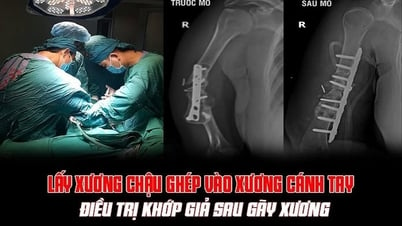

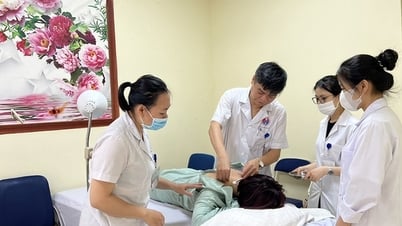

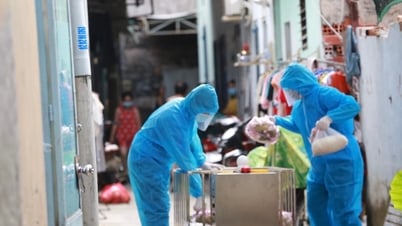
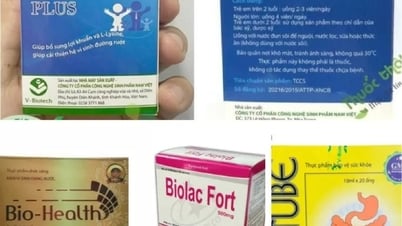



















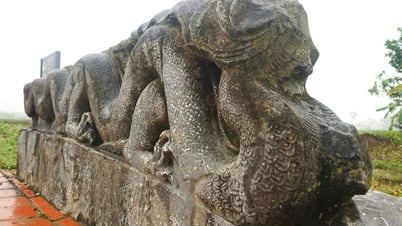























































Comment (0)